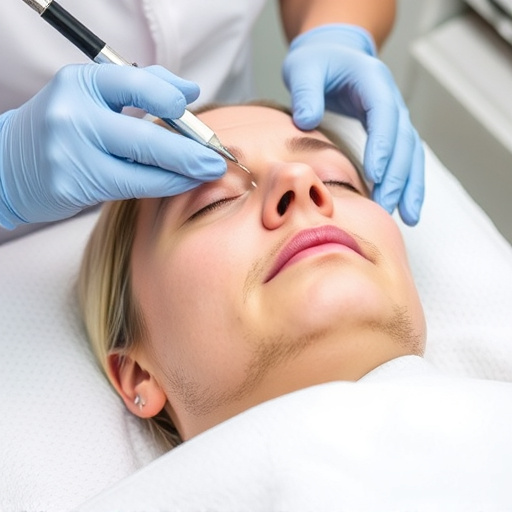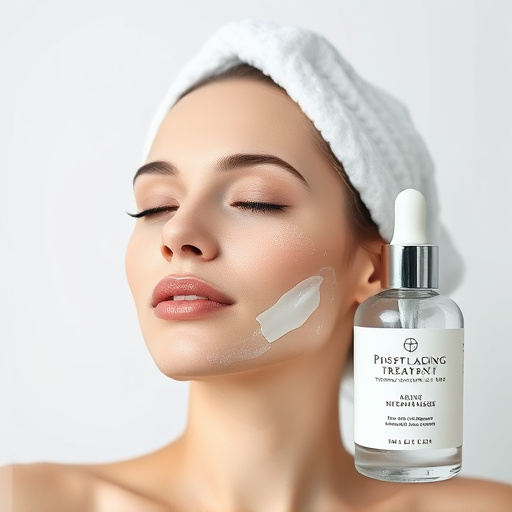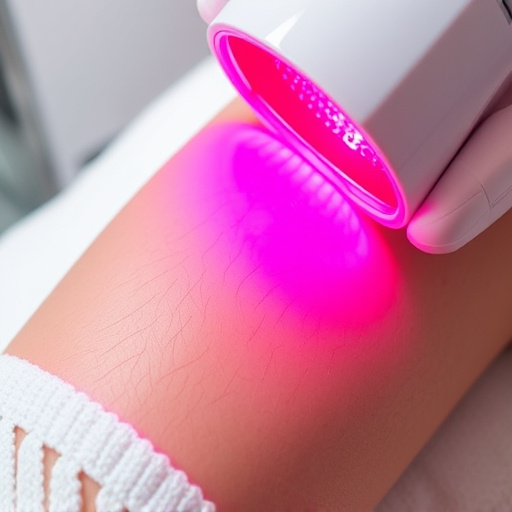Melasma, or 'mask of pregnancy,' is treated holistically by addressing triggers like hormones, sun exposure, and skincare. Professional procedures like pore refinement, chemical peels, and microneedling aim to enhance cell turnover and stimulate collagen production. Natural remedies focusing on hydration, antioxidants, and anti-aging benefits include aloe vera, shea butter, jojoba oil, rosehip oil, vitamin C, and turmeric creams. Lifestyle changes such as an anti-inflammatory diet, exercise, sleep, and stress management also significantly improve skin health for melasma management.
Melasma, often called the ‘mask of pregnancy,’ is a common skin condition characterized by dark patches on the face. While it may be triggered by hormonal changes, sun exposure, and certain medications, there are natural remedies offering promising results. This article delves into effective melasma treatments, exploring topical oils and creams for skin soothing, as well as lifestyle and dietary adjustments to achieve a clearer complexion. Discover how these holistic approaches can help manage and potentially reverse melasma.
- Understanding Melasma: Causes and Common Triggers
- Topical Natural Oils and Creams for Soothing Skin
- Lifestyle Changes and Dietary Adjustments for Clearer Complexion
Understanding Melasma: Causes and Common Triggers
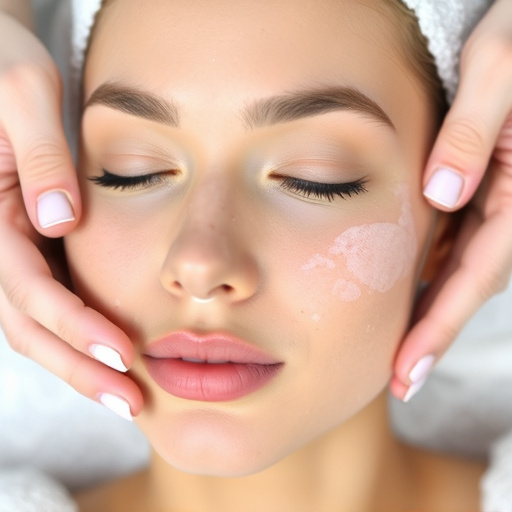
Melasma, often referred to as ‘mask of pregnancy,’ is a common skin condition characterized by dark patches on the face. While it typically appears during or after pregnancy, hormonal changes can also trigger its development in non-pregnant individuals. Understanding melasma’s causes and triggers is the first step towards effective melasma treatment.
Several factors contribute to this skin disorder, including increased melanin production, hormonal fluctuations, sun exposure, and certain skin care practices. For instance, excessive sun exposure without proper protection can activate melanocytes, leading to darker patches on the skin. Similarly, pregnancy hormones like estrogen and progesterone stimulate melanin synthesis, causing melasma to surface or worsen. Even conditions like acne or skin injuries might trigger melasma due to inflammation and subsequent changes in skin pigmentation. Some individuals may also experience melasma as a result of using certain skincare products that irritate their skin, leading to hyperpigmentation. Pore refinement, chemical peels, and microneedling therapy are popular melasma treatment options that target these causes by promoting cell turnover, exfoliating the skin, or stimulating collagen production.
Topical Natural Oils and Creams for Soothing Skin
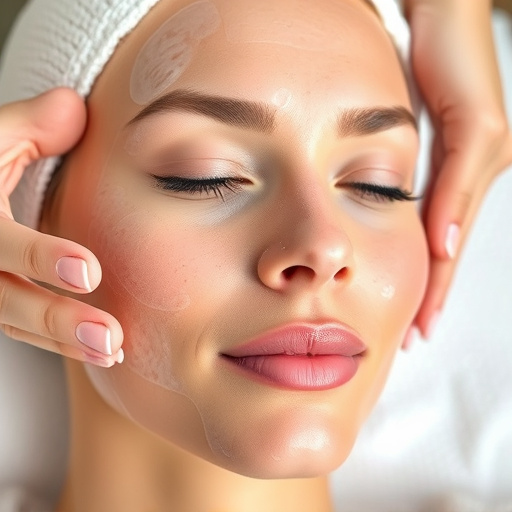
Melasma treatment often involves natural solutions that soothe and heal the skin. Topical natural oils and creams are popular choices for their ability to provide relief from hyperpigmentation caused by melasma. Ingredients like aloe vera, shea butter, and jojoba oil are known for their moisturizing properties, helping to hydrate and protect the skin while reducing redness and irritation. These natural remedies can also aid in exfoliation, promoting cell turnover and gradually lightening dark spots.
Some oils, such as rosehip oil, contain antioxidants and essential fatty acids that penetrate deep into the skin, nourishing it from within. Creams enriched with vitamin C or turmeric have been hailed for their anti-aging treatments and acne treatments benefits, making them effective in addressing melasma. In combination with gentle exfoliation techniques, like microneedling therapy, these topical solutions can deliver noticeable results in reducing the appearance of melasma over time.
Lifestyle Changes and Dietary Adjustments for Clearer Complexion
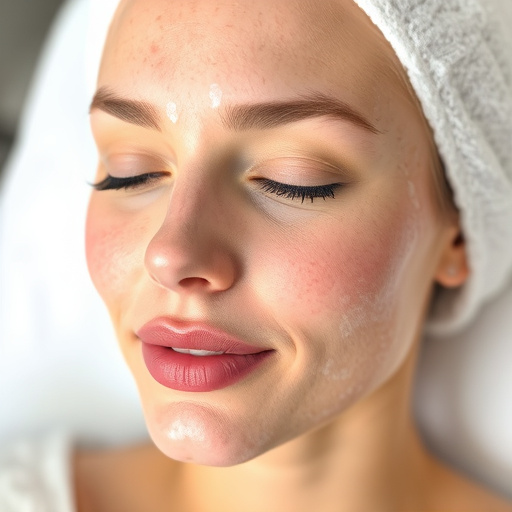
Melasma treatment often begins with a holistic approach, focusing on lifestyle changes and dietary adjustments to promote clearer skin. Incorporating an anti-inflammatory diet rich in fruits, vegetables, whole grains, and lean proteins can significantly impact skin health. Reducing intake of processed foods, sugar, and caffeine may help alleviate melasma symptoms. Additionally, maintaining a consistent skincare routine with gentle cleansers and moisturizers is essential.
Regular exercise, adequate sleep, and stress management techniques like meditation or yoga are also key components of melasma treatment. These lifestyle modifications work synergistically to reduce skin hyperpigmentation and promote a more even complexion. While professional aesthetic treatments like chemical peels offer effective solutions, these changes from within can be powerful complements, supporting the overall melasma treatment regimen.
Melasma, often considered a skin enigma, can be effectively managed through a multifaceted approach. By understanding its causes, exploring natural remedies like topical oils and lifestyle adjustments, you can embark on a journey towards a clearer complexion. Incorporate these strategies into your skincare routine for a holistic melasma treatment that addresses both the symptoms and underlying triggers. Remember, consistent care and patience are key to achieving a radiant, melasma-free skin.











